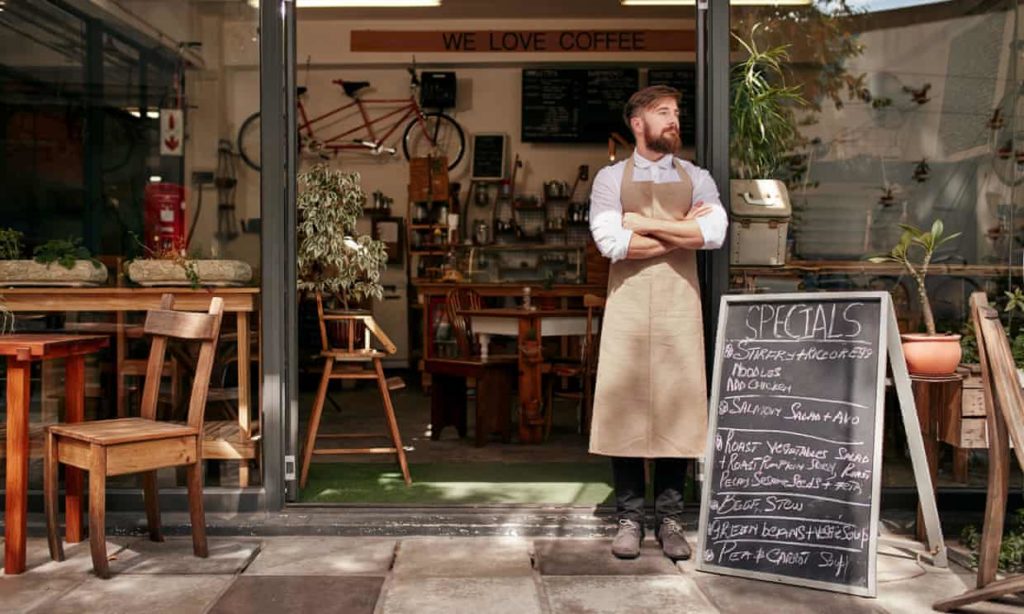Problems Restaurants face using third-party delivery apps.

Many restaurants have said third-party services have helped their business, especially
during the shutdown. However, many restaurants are rejecting third-party delivery because
they feel it hurts their brand and long-term profits. Here are some of the disadvantages of third-party delivery.
- High Commission Fees and Other Expenses:
Major concerns are that third party delivery apps commission percentages are affecting
the profitability of the Restaurants, paying someone else up to 40% of every ticket, including
sales tax plus credit card processing fees and instrument rentals charges make the Restaurant
income statement bottom line negative.
Another concern is that, third party delivery services do not make high delivery fees to
agents, when deliveries comprise most of a restaurant’s business. After all, you’re paying
someone else up to 40% of every ticket, which is often higher than if you were handling them
yourself.
In addition, your people are losing tips, which are now going to the third-party delivery
person. If you depend on tips to augment employee salaries, you may need to increase salaries
accordingly. - Vulnerable to Competition:
While being listed with delivery apps increases your visibility, it does so for your
competitors too. That means your restaurant may display next to your competitors, giving
customers a choice which they may make based on location, price, rating on the app, and even
the photos you use of your food. - Lack of Control:
Lack of control is the second biggest disadvantage of hiring a third-party delivery
service. It’s important to consider especially when brand reputation is a vital part of your
marketing, or when you are in an area with a lot of competition.
Once your food leaves your restaurant, it’s out of your hands. If the driver takes a wrong
turn or does not secure a bag properly, food could end up cold or damaged. If the driver is rude
or in this era does what the customer considers unsafe (like not wearing a mask), it reflects on
you more than the delivery service. An estimated 80% of customers say they blame the
restaurant. To combat this, you should have a system in place for handling complaints
concerning third-party deliveries.
You also have less immediate control over things like your menu or pricing. If you have
to make fast changes, they may not reflect in the app, resulting in dissatisfied customers who
can’t get their order. - Lack of Customer Loyalty :
As noted in the advantages, third-party delivery apps have a loyal following. While you
can take advantage of this by reaching a bigger fan base, there’s no guarantee that those fans
will transfer to you. Further, you could sacrifice the customer loyalty that comes from people
getting to know your hostess, waiters, or specific chefs.
Many times, customers aren’t even looking at your restaurant name, but rather just a
type of food. Thus, to stand out and promote loyalty, you have to consider adding a little
something that makes you stand out, like a freebie or a coupon for an in-person visit.
You also lose communication opportunities with your customer for feedback,
suggestions, or even kudos for the chefs and staff. It undermines loyalty programs and frequent
diner programs as well. - Reputation and Brand:
Some restaurants, especially high-ticket dining establishments, have worked hard to
achieve a specific brand or ambiance. This relies heavily on the in-person experience and is
hampered by delivery. Some restaurants are working around this by adding extras, such as
higher-end containers or napkins or supplying a soundtrack for dining to. However, the
impression your delivery person gives affects the impression your restaurant makes. That’s
why some restaurants, even during the shutdowns, opted instead for takeout rather than thirdparty delivery. - “Tablet Hell”
Every third-party delivery service has its own platform that you must integrate into your
POS or have a tablet or kiosk for. If you have multiple services, you could have your cashiers
juggling several tablets with multiple systems, something restaurants call “tablet hell.”
Tablet hell can get confusing, with multiple tablets using independent systems vying
for attention when new orders come in. Your staff needs to be trained in every system, may
have to transcribe orders into your own POS in order for it to get to the kitchen display, and
must have a place to organize and hold orders for the delivery people. It can get overwhelming
in a rush as well.
More confusion can come when it’s time to track your third-party delivery sales and
costs. You or your accountant will need the passwords for each system to check on your
earnings and to keep track of payments coming in. - Recent Third-Party Platform Controversies:
Many third-party apps have been accused of shady practices, from overcharging to
adding restaurants without permission. While they claim they are working in the best interests
of their customers, it may not be in your best interest as a restaurant owner. Here are some of
the most disputed practices by third-party delivery services.
